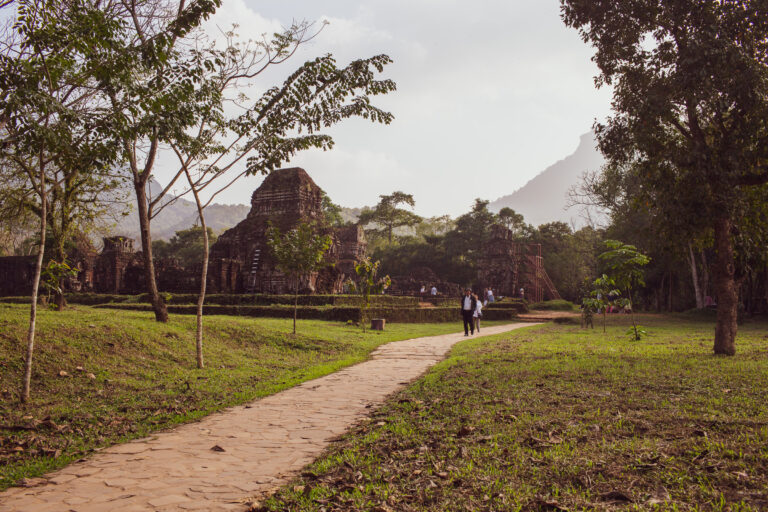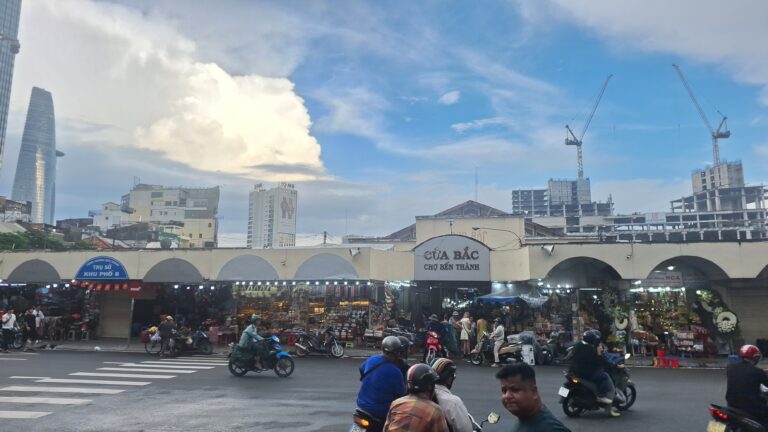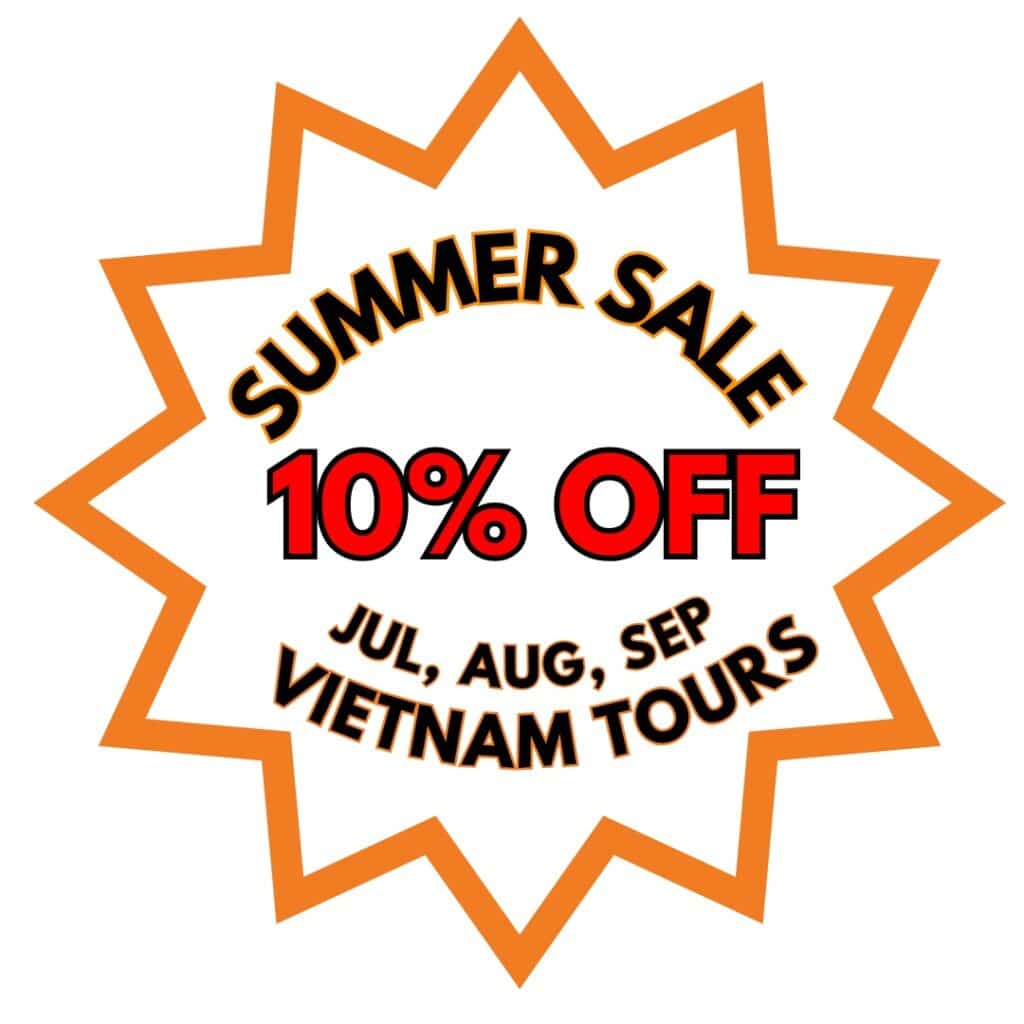
Motorbike Helmet Buying Guide In Vietnam
Share:
- Published:
- Updated: 20/01/25

Whether you’re headed to Vietnam for a weeklong vacation, staying for a few months, or going on an off-road adventure motorbike tour across the country with Onyabike Adventures, the first thing you’d want to look into is getting a good, reliable helmet.
Anybody on a motorbike in Vietnam is required by law to wear a helmet. You’d think this wouldn’t be an issue because helmets are sold everywhere in Vietnam, but good quality reliable helmets are a little harder to come by.
Due to a large number of people on motorbikes and the high import tax, lots of locals are more likely to buy and recommend a cheap unsafe helmet from an unknown brand. These helmets usually function to keep you safe from a police ticket, not from injury. Onyabike Adventures recommends steering clear of these helmets. Remember, a ten-dollar helmet for a ten-dollar head!
Table of Contents
Available Brands of Motorbike Helmet in Vietnam
Though good quality branded motorbike helmet in Vietnam used to be a thing of legend, these helmets are now legally making their way into the country’s markets. Internationally reputable brands like AGV, and HJC are now accessible in the country. Along with other reputable brands like Royal Helmets, and Nolan Helmets. Locals, tourists, and expats alike now have better options.
Riders coming into Vietnam are very lucky because these helmets have only recently become easily accessible. It used to be that when riders wanted to explore Vietnam, they’d have to settle for a cheap unreliable helmet or bring their own lid from their home country.
Helmet shops in Vietnam
Shops that sell substandard helmets are common in Vietnam so people who really want to invest in their safety should be careful. The bigger cities have better shops like Bigbike Vietnam and Biker Shield Bistro in Ho Chi Minh city and also provide a wide variety of other equipment. Biker Shield Bistro even serves food while you shop their vintage and retro style collection.
Which Motorbike Helmet is Best for Riding in Vietnam?
Helmets come in many shapes and forms; full face, half face, quarter helmets, dual sport helmets, modular helmets, and a lot more. You can read about all the different types of helmets and what goes well with riding in Vietnam in Onyabike Adventures’ How to Gear Up for a Vietnam Adventure ride.
First-time riders should be careful in deciding which type of helmet they want to use. Some bike rental companies and motorbike tour companies would tell you that a half-face helmet is enough. Most locals actually use cheap half helmets and quarter helmets but these aren’t exactly the safest. These helmets have an open front face and usually protect only the top and back of your head.
A full-face helmet is always a good choice, and if riders are opting to tour Vietnam, a dual sport helmet would be a good way to go. Vietnam is a hot, dusty, and wet country with unpredictable weather. Sunny mornings turn to wet afternoons in a snap. Riding here would require a helmet that is versatile, light, and provides ample airflow.
Dual sport helmets are a great choice for riding around in Vietnam as they are capable both on and off-road. A dual-sport helmet is basically what you would get when you mix together a full-face helmet and a dirt helmet. These helmets give riders the best of both worlds as they are highly configurable to meet the riding style and can be modified to better fit riding in the street or in the dirt.
What to Look for in a Motorbike Helmet in Vietnam
There’s a lot to factor in when selecting a motorbike helmet in Vietnam and this will only serve as a short overview discussing premium helmet features to look for, features for comfort, and safety, starting with the three main layers of a helmet: padding, foam, and the shell.
Face padding
Padding is what keeps your head and face comfortable. When in Vietnam, it’s also what gets most of the dirt and sweat from the ride. Removable cheek padding is what you’d want to see in your helmet. The more removability the better because this usually constitutes a tighter, but more comfortable fit, which means the helmet won’t fling off of your head in an accident. To take it a step further, a nice helmet even has removable layers inside removable pads to ensure the best fit.
Removable liners also mean they’re washable. Some helmets sold in the country have liners sewn into the helmet and are difficult to clean up. After a couple of days in the saddle trekking through hot and dusty Vietnam, your helmet is going to stink. Being able to wash your inner padding alone, for some, is enough to justify the price.
EPS foam
To keep your head safe, helmets have a shock-absorbing layer of Expanded Polystyrene Foam or EPS for short. Most helmets are lined with EPS foam but it’s the quality of the foam that differentiates good helmets from bad ones. What you may want to see on your helmet is “dual-density”. Better helmets usually have two to three layers of EPS foam to help with impact mitigation.
External shell
For a helmet’s shell, most riders don’t settle for anything less than polycarbonate. This is a basic helmet shell but is pretty heavy when compared to something like fibreglass. Helmets that use fibreglass shells are also better with impacts because the material tends to crackle rather than crack and break.
For the best helmet shells, buyers usually look for carbon and Kevlar. These shells are the lightest and do best in impacts. How does one identify what shell a helmet has? Easy, just look for it on the helmet or on its box. Manufacturers will usually brag about a helmet with a better shell.
Air vents and noise
Comfort is also a key factor when riding because being comfortable means a rider can stay focused longer. Padding was mentioned earlier but a few other comfort features in helmets that you may want to look for are air vents and the overall weight.
The more air vents a helmet has, the cooler your head would be. Cooling is an important factor, especially in Vietnam’s heat. However, helmet cooling can be a double-edged sword. Some riders who like riding long distances at a higher speed might complain about the noise. More vents in helmets mean more air getting in and may result in more noise. Riders can decide whether they want a cooler head or a quieter ride for more comfort.
Weight
Snell, or ECE?
Helmets are given safety ratings and most helmets get a DOT or Department of Transportation standard used in the US which has been adopted around the world. But for some, it’s considered the least reliable safety rating. Most riders prefer an ECE or Economic Commission for Europe certification or a certification from the Snell Memorial Foundation.
Snell-certified helmets are more inclined to be racetrack-ready so they tend to be the most impact absorbent, thickest, and largest. ECE, however, disagrees and says that big, heavy helmets place too much torque on the neck and prefer lighter lids with less impact management capabilities. Also, ECE is the most used and widely accepted safety rating internationally. Ryan from Fortnine made an informative video on this topic. Check his video out.
As for riding in Vietnam, the certification isn’t a big issue to law enforcers. Even cheap rip-off helmets with unknown brands get a pass. Safety ratings may not be important to the authorities but a good rider knows better.
Communication
Buyers may also want to consider a helmet’s adaptability to a communication system. Most helmets leave cutouts inside where speakers and a mic can be installed. Some helmet brands also provide a dedicated mounting point for specific communication hardware. These accessories come in handy when riding in a group or if the rider wants to play music.
Helmet accessories like a GPS and intercoms are also valuable in a tour, especially if you’re in a large group consisting of riders with different riding capabilities. Not all helmets are compatible with a communication system so this is something to consider when choosing. Sadly, Vietnam doesn’t really have a large market for helmet communication devices. Bringing one from home may be a good decision.
Waterproofing
Weather is also a factor when deciding which type of helmet to get. Regardless of rider preference, full-face helmets are the best at keeping your head dry. This is paramount on tour for better focus and comfort. The country’s weather is in a league of its own and Onyabike Adventures has an article about riding in Vietnam’s weather. Weather is unpredictable and it’s best to get a helmet that can keep you dry and comfortable longer.
How to Identify a Fake
The problem with having access to high-quality reputable helmets in the country is the counterfeit versions that come along with them. Not long after most well-known brands made their first sales in Vietnam, a number of similar-looking helmets were sold at a fraction of the price.
However, there are a few things you can check for when buying a helmet to make sure you’re getting the best bang for your buck.
- Fake helmets have fixed liners and make for an uncomfortable fit and are almost impossible to wash and clean.
- Fake helmets have air vents that lead nowhere. Check inside the helmet on the foam for holes and cutouts for air passages. Fake helmets leave out on a lot of things but vents are where they cut most of the cost.
- Fake helmets come in one size. To lessen manufacturing cost, fake helmets usually come with one-size-fits-all philosophy.
- Fake helmets are unbelievably cheap. You might think you found a good deal on an HJC RPHA 11 Pro sold at half the original price. Too good to be true? It probably is.
What Onyabike Adventures Wear
Onyabike Adventures wears the HJC DS-X1. This dual-sport helmet is more than enough for an adventure tour ride in Vietnam and is a joy to ride both on and off-road. Its aerodynamic design keeps the helmet stable and prevents lift when at speed on the highway, lessening neck fatigue. The sun peak, large chin bar, and air vents also ensure the rider stays cool in slow off-road crawls.
Onyabike Adventures does its best to make sure people who want to explore Vietnam are well-prepared and ready for the journey. An adventure is only as good as how well you prepare for it and we strive to make sure riders can read all about it.
Related Posts
Recent Posts






